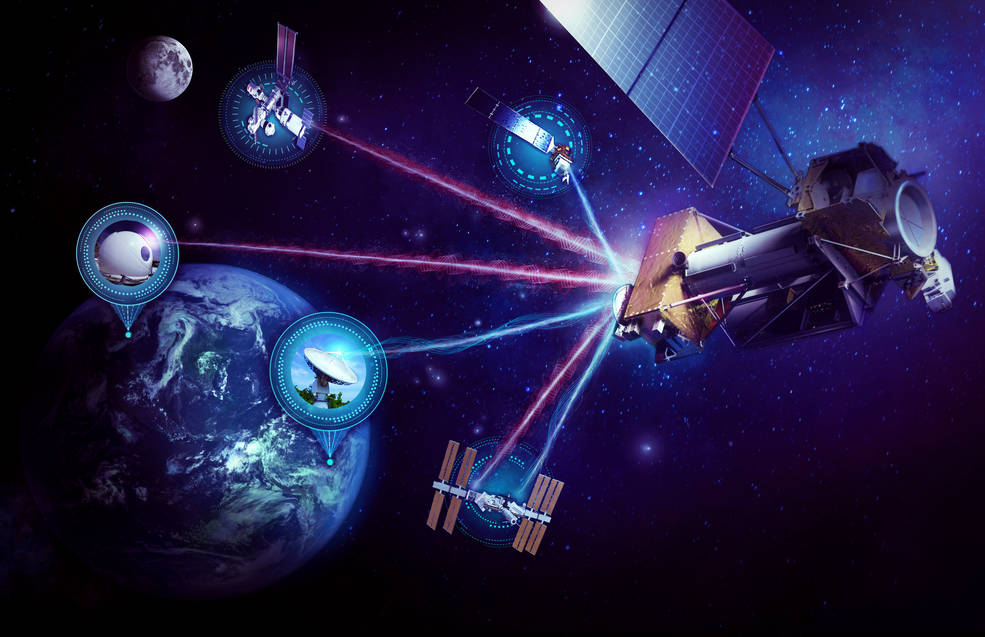
Manned space missions have captivated the world with their pioneering spirit and the quest for exploration beyond our planet. Behind the scenes of these historic ventures lies an intricate web of communication technologies that play a vital role in ensuring seamless connectivity between Earth and astronauts in space. In this article, we will delve into the significance of electronic technologies in facilitating space communication during manned space missions.
The Challenge of Space Communication:
Unlike traditional terrestrial communication, space communication faces unique challenges due to vast distances and extreme conditions. Astronauts in space rely heavily on sophisticated electronic systems to maintain contact with mission control on Earth, making real-time communication a necessity for mission success.
Satellites and Deep Space Network:
At the core of space communication are satellites orbiting the Earth and the Deep Space Network (DSN) of ground-based antennas. These satellites act as relay stations, capturing signals from astronauts’ spacecraft and transmitting them to Earth. The DSN provides continuous tracking and communication support to spacecraft traveling deep into space, ensuring constant contact between mission control and astronauts, regardless of their location.
Communication Protocols and Data Compression:
To optimize data transmission and cope with limited bandwidth in space, communication protocols and data compression techniques are employed. These protocols break data into packets and add error-checking information, ensuring reliable transmission and error recovery. Data compression reduces the size of transmitted data, conserving precious bandwidth and enabling the efficient exchange of information between Earth and spacecraft.
RF and Microwave Technology:
Radio Frequency (RF) and microwave technologies are the backbone of space communication. Astronauts use RF communication systems to transmit voice, video, telemetry, and scientific data to mission control. These technologies offer high data rates and wide coverage, essential for real-time communication over vast distances.
Delay-Tolerant Networking (DTN):
In deep space, signal delays due to immense distances can cause significant communication disruptions. Delay-Tolerant Networking (DTN) is a technology that allows data to be transmitted and stored in nodes along the communication path until the intended destination becomes available. This ensures that critical data is delivered even in the face of signal interruptions.
Security and Encryption:
Given the sensitive nature of space missions, security and encryption are of paramount importance in space communication. Electronic technologies employ encryption techniques to protect data from interception and unauthorized access, safeguarding both mission-critical information and astronauts’ privacy.
Emerging Technologies for Interplanetary Communication:
As human exploration ventures deeper into space, novel communication technologies are being explored. Optical communication, for example, uses laser beams to achieve ultra-high data rates, enabling faster and more efficient communication between Earth and astronauts on interplanetary missions.
Conclusion:
Space communication is an awe-inspiring feat of human engineering, connecting Earth and astronauts as they venture into the cosmos. The intricate web of electronic technologies, satellites, RF systems, and advanced protocols ensures that mission control and astronauts stay in constant contact, exchanging crucial information and fulfilling the dreams of exploration. As technology continues to advance, space communication will play an increasingly pivotal role in the success of future manned space missions, propelling humanity to new frontiers and inspiring generations to come.